Display Energy Certificates (DECs)
If you manage or occupy a public building, a Display Energy Certificate (DEC) may be a legal requirement. We provide accurate, accredited DEC assessments to help you stay compliant, reduce energy use, and demonstrate environmental responsibility.
What you need to know.
1) What Is a Display Energy Certificate?
A Display Energy Certificate (DEC) shows how energy-efficient a public building is based on its actual energy consumption over the past 12 months. Like an appliance rating label, a DEC uses a sliding A–G scale, with:
A = most efficient (low carbon emissions)
G = least efficient (high carbon emissions)
A DEC must be prominently displayed in the building, and is always accompanied by an Advisory Report, which includes recommendations for improving energy performance.
A valid DEC is a legal requirement for many publicly occupied buildings.
2) Which Buildings Need a DEC?
A DEC is required if the building:
Is occupied (partially or fully) by a public authority (e.g. local council, school, NHS trust, college)
Has a total floor area over 250m²
Is frequently visited by the public
Examples include:
Town halls
Leisure centres
Universities
Hospitals
Libraries
Government offices
Failing to have a valid DEC and advisory report can result in financial penalties.
3) Where Must a DEC Be Displayed?
It must be placed in a prominent, publicly visible location
Government guidance requires it to be no smaller than A3 in print
You’ll receive a printable PDF version ready for display.
4) What’s in a DEC?
Each Display Energy Certificate includes:
Building address & certificate number
Date of assessment & expiry
Assessor details & accreditation body
Energy performance rating (A–G scale)
Numerical operational rating score
100 = typical public building
Below 100 = better than typical
Above 100 = less efficient
Annual energy usage (in kWh/m²)
% from renewables
Annual CO₂ emissions (tonnes)
Comparison to past years’ performance
The lower the score and carbon output, the better the building’s efficiency.
5) What Does the Assessment Involve?
A qualified DEC assessor will visit your site to collect:
✅ Building dimensions
✅ Energy meter readings (electricity, gas, renewables, etc.)
✅ Details of heating, cooling, and lighting systems
Using approved software, we generate both your DEC and your Advisory Report, which are delivered via email and ready for printing or online access.
6) What Is the Advisory Report?
The Advisory Report (or Recommendation Report) is provided with every DEC and outlines practical ways to:
Improve building energy performance
Reduce carbon emissions
Introduce low or zero-carbon technologies
Make operational/management improvements
This report is valid for 7 or 10 years, depending on building size.
How long does a DEC last?
| Building Size | DEC Validity | Advisory Report Validity |
|---|---|---|
| Over 1000 m² | 1 year | 7 years |
| 250 m² – 1000 m² | 10 years | 10 years |
📌 Buildings over 1000 m² must renew their DEC every year.

